Wood Slat Accent Walls: Trendy or Timeless? 3 Things to Consider
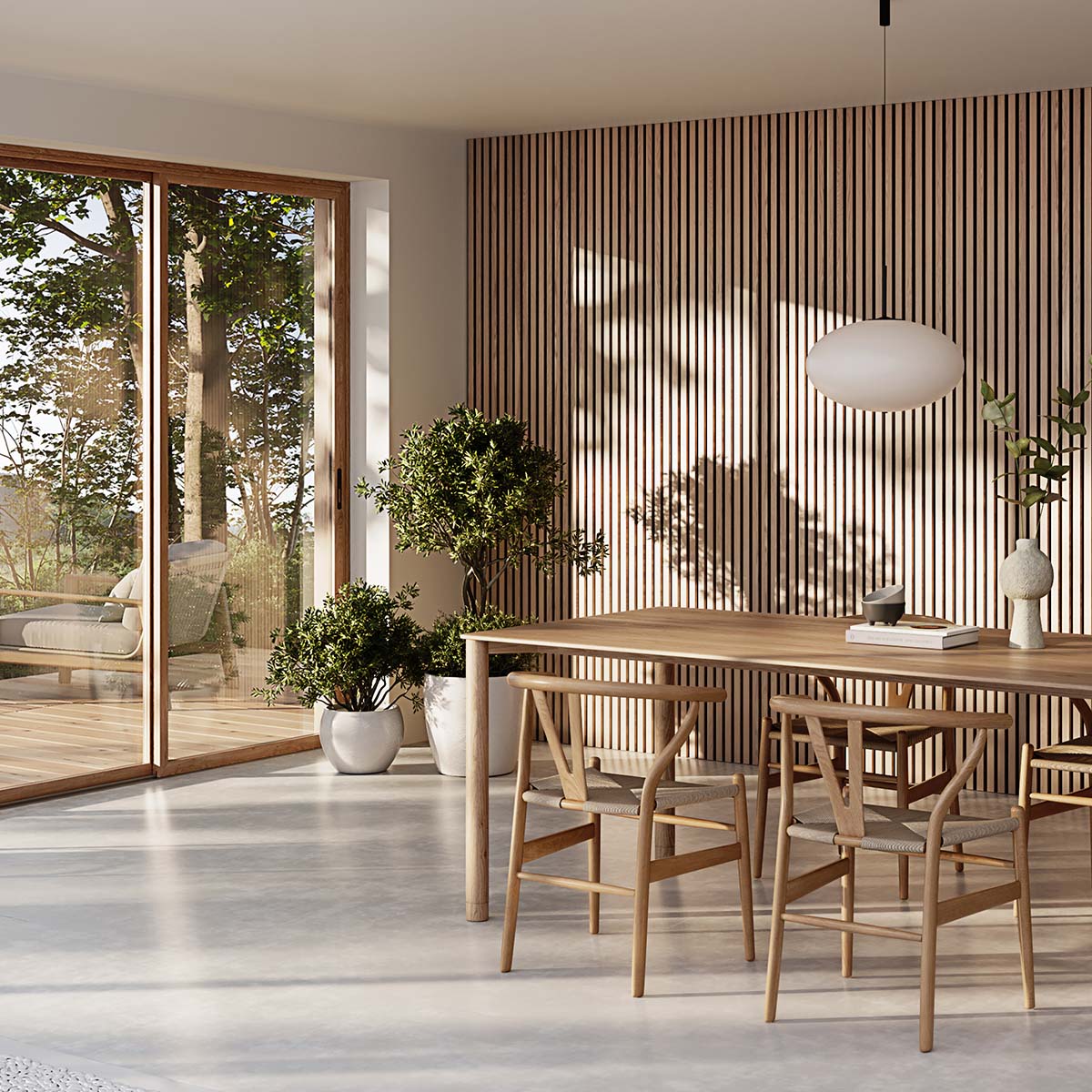
Wood slat walls have become a prominent feature in contemporary interior design, captivating homeowners and designers alike. However, as with any design trend, the question of longevity arises. Will wood slat walls stand the test of time, or will they be seen as dated in the near future?
Today, we will explore the arguments surrounding wood slat walls, evaluating their historical significance, the impact of materials used, the importance of context, and the significance of tasteful implementation. After considering these factors, you can decide for yourself whether wood slat walls are a fleeting fad or an enduring design staple.
The History of Slatted Wood Walls
To truly appreciate the essence of wood slat walls, we must delve into their rich historical context. These design elements have graced architecture and interior spaces for centuries, so while they are popular now, it's not the first time slatted wood has been appreciated.
Slatted Wood in Japanese Design
Traditional Japanese interior design, renowned for its emphasis on natural materials, has long embraced the beauty and versatility of wooden slats. From interior wood slat screens, to exterior slatted wood facades, Japanese architecture and design has incorporated slatted wood for centuries.

Why? Japanese design embraces simplicity and minimalism. It focuses on removing unnecessary elements to achieve a sense of clarity and tranquillity. The aim is to create designs that are clean, uncluttered, and visually balanced.

Ornate wood and millwork, like that you may find in more traditional or transitional design styles, does the opposite, by adding extra (and often, unnecessary) detailing to a space.
By cutting wood into slats and using it in a clean, linear fashion, Japanese designs are able to bring nature into the home, while still keeping the overall aesthetic clean and free of unnecessary ornateness.
Wood Wall Panelling in Classic Mid-Century Design
The mid-century era witnessed the integration of vertical wood slats in renowned architectural homes, cementing their status as design classics.
Widely regarded as the greatest Finnish architect of all time, Alvar Aalto incorporated slatted wood into the Villa Mairea project in 1938, using a unique slatted ceiling panel to add texture and depth to the home (below).

Over in America, legendary architect A. Quincy Jones put slatted wood front-and-centre when designing the Smalley House in 1973. Combined with the tall windows and just the right number of house plants, the entire project brought nature into the home in all the right ways.

These examples highlight how despite how new they feel, slatted wood walls have been apart of the interior design zeitgeist for hundreds of years.
Will Wood Slat Walls Become Outdated? 3 Things to Consider
So, we've established that slatted wood has been around for a long time, but how do we know if it will continue to be popular? Or how a wood slat accent wall will look in a few years?
If you're thinking of adding slatted wood to a space in your home, your opinion is the only one that matters. But of course, like with any project, you want to know that you'll still enjoy seeing it (it's your home, after all) in a few years.
There are 3 important factors that will decide how well your slatted wood project ages.
1. Material Matters: Real Wood vs. Faux Wood
One crucial aspect influencing the longevity of wood slat walls is the choice of materials. Genuine, high-quality wood possesses an inherent durability that stands the test of time. It exudes a natural warmth and authenticity that resonates with homeowners and occupants.
It also ages gracefully (especially when it's been finished or prefinished), so you can look forward to the wood's color and texture becoming better with time.
Conversely, fake materials like contact paper, melamine, or laminate can almost guarantee your project will look dated before it's finished. While they will be cheaper than real wooden wall panels, the inauthentic texture and sheen of fake materials will quickly render these products tacky.
Like most things in the design world, authenticity triumphs over artificiality, so if you're concerned about the longevity of your project is a priority, ensure you're using real wood or real wood veneers.
Solid slatted wood millwork will last forever, but it will also cost you. Millwork typically costs $30-80 per sqft, depending on materials used and your location.
Prefinished wood slat wall panels are made using genuine wood veneers (a real slice of wood, adhered to a solid backing), so you can still enjoy an authentic wood finish while keeping your project within budget.
2. Contextual Considerations: Does it Fit the Style of Your Home?
A key determinant of the timelessness of wood slat walls lies in their suitability to the surrounding design context. While they seamlessly integrate into certain styles, such as homes built in the 60s or inspired by traditional Scandinavian design, their compatibility with other architectural genres might be questionable.

For instance, incorporating wood slat walls into a Victorian home may clash with the existing design elements, potentially diluting the overall aesthetic. Therefore, the success of wood slat walls lies in their ability to complement and enhance the architectural style and era of the space, ensuring their continued relevance.
3. Tasteful Implementation: Don't Overdo It
The manner in which wood slat walls are incorporated into a design plays a pivotal role in their endurance.
Overdoing any design feature can lead to saturation and diminishing appeal. Wood slat walls are no exception. When applied tastefully and judiciously, they elevate the aesthetic and create a focal point within a space.
However, excessive use can overwhelm both the inhabitants and visitors, leading to a decline in appreciation. The key lies in striking a balance, ensuring wood slat walls are utilized thoughtfully and in harmony with the overall design scheme. By doing so, their appeal will withstand the test of time.
Conclusion:
Wood slat walls have captivated the design world with their unique charm, but the question remains: Are they trendy or timeless? Drawing upon their historical significance, the choice of materials, contextual compatibility, and tasteful implementation, we can confidently assert that wood slat walls have the potential for enduring appeal.
When embraced as a design element rooted in tradition and craftsmanship, employing authentic wood materials, and integrated thoughtfully into the surrounding environment, wood slat walls will continue to delight homeowners and resonate with generations to come.
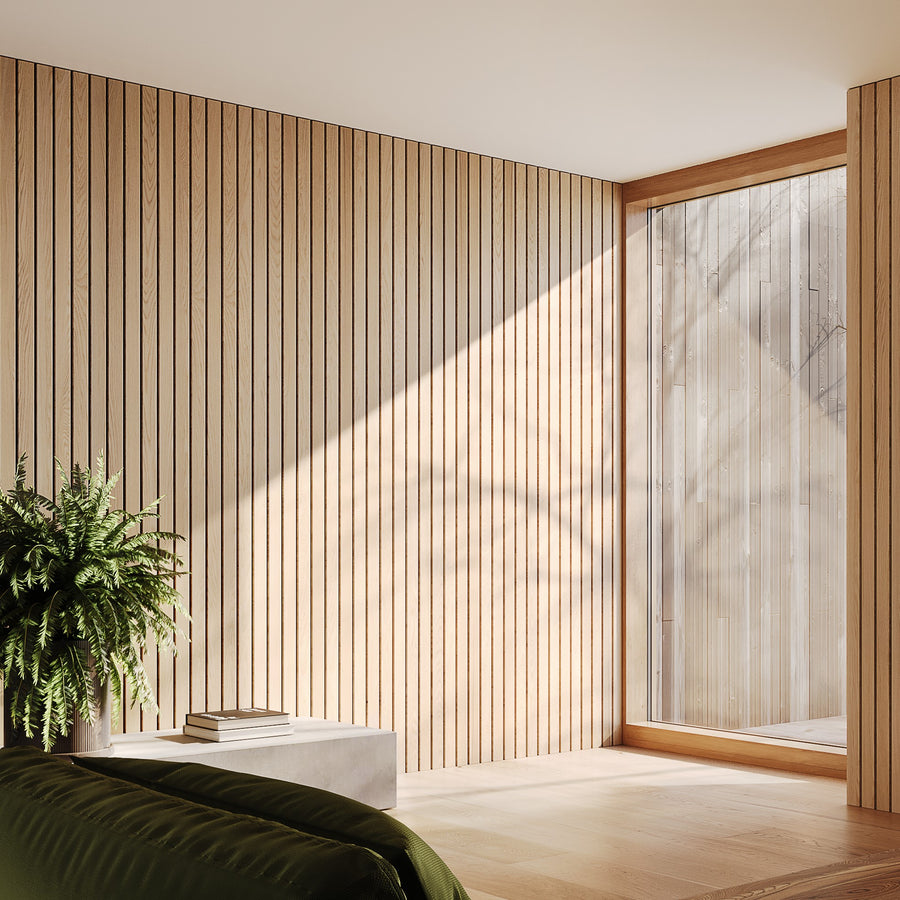
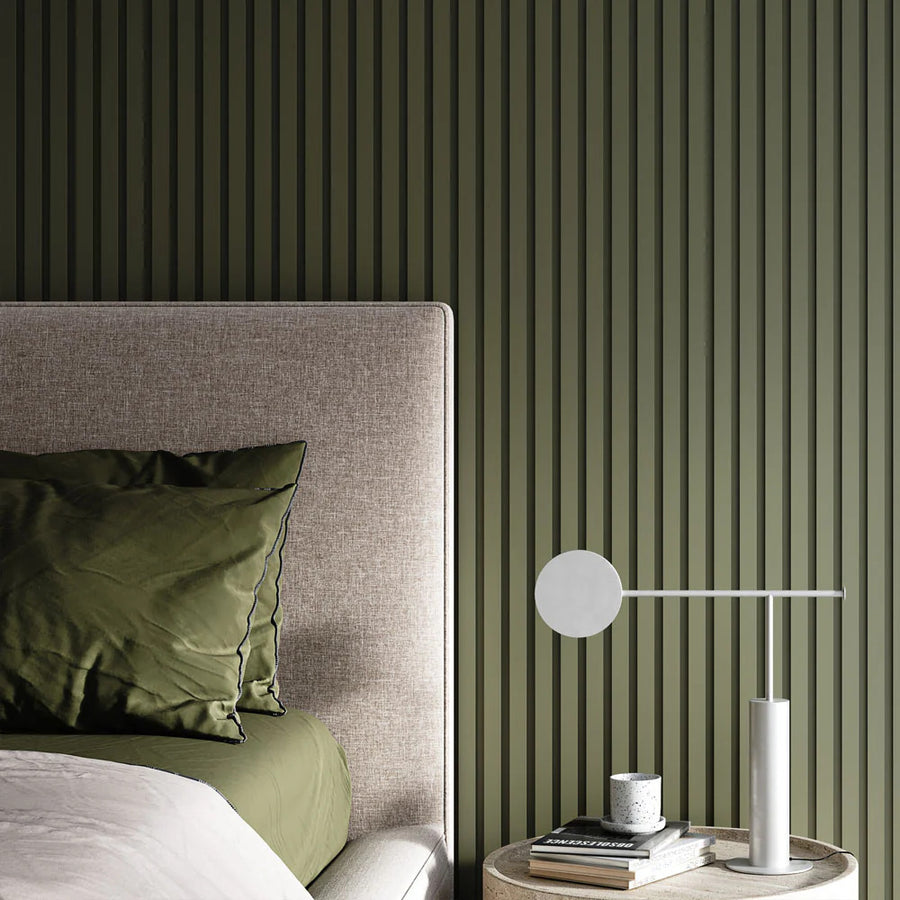
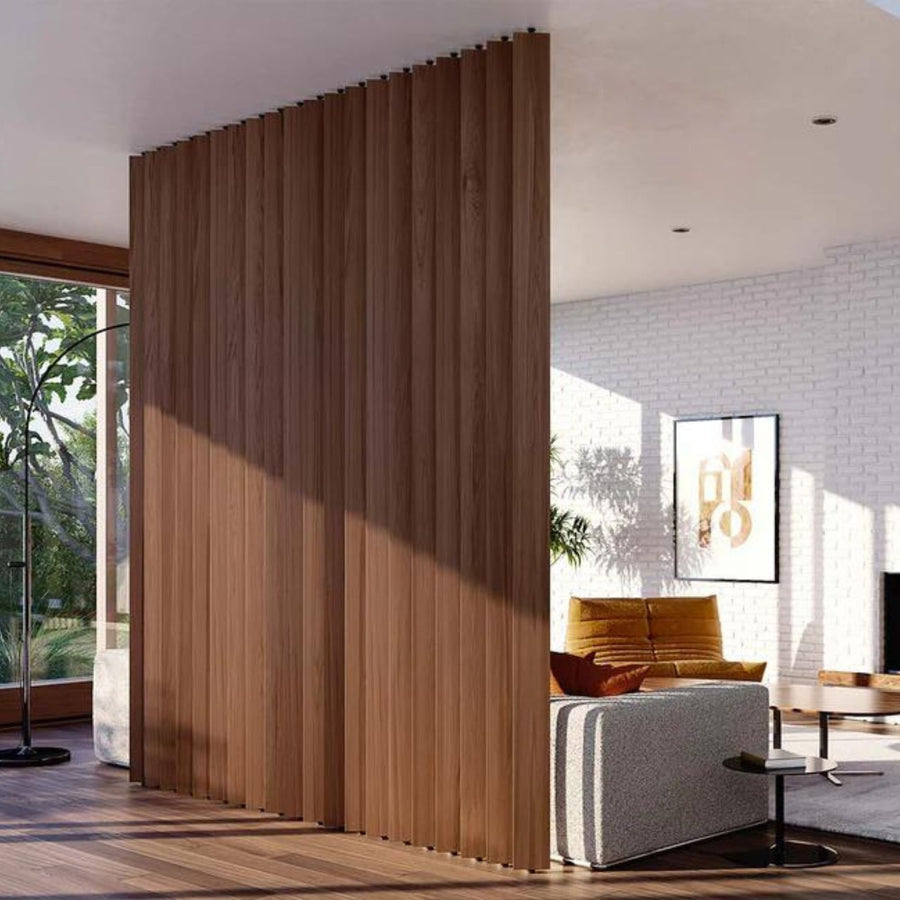
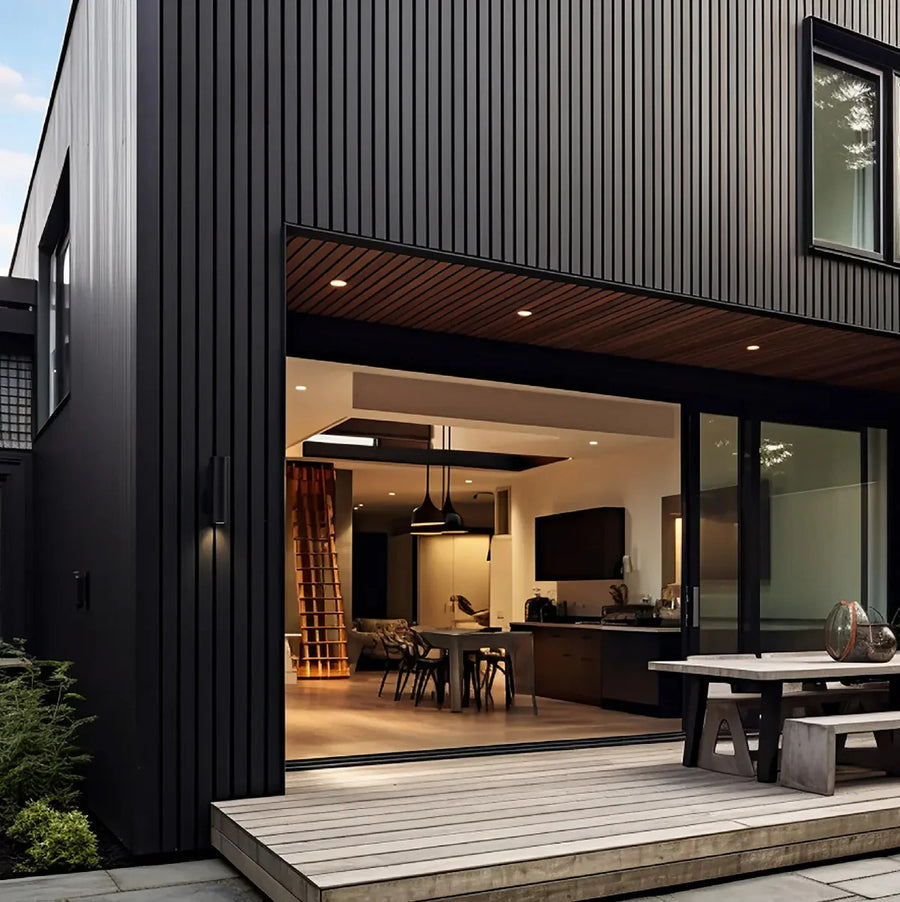
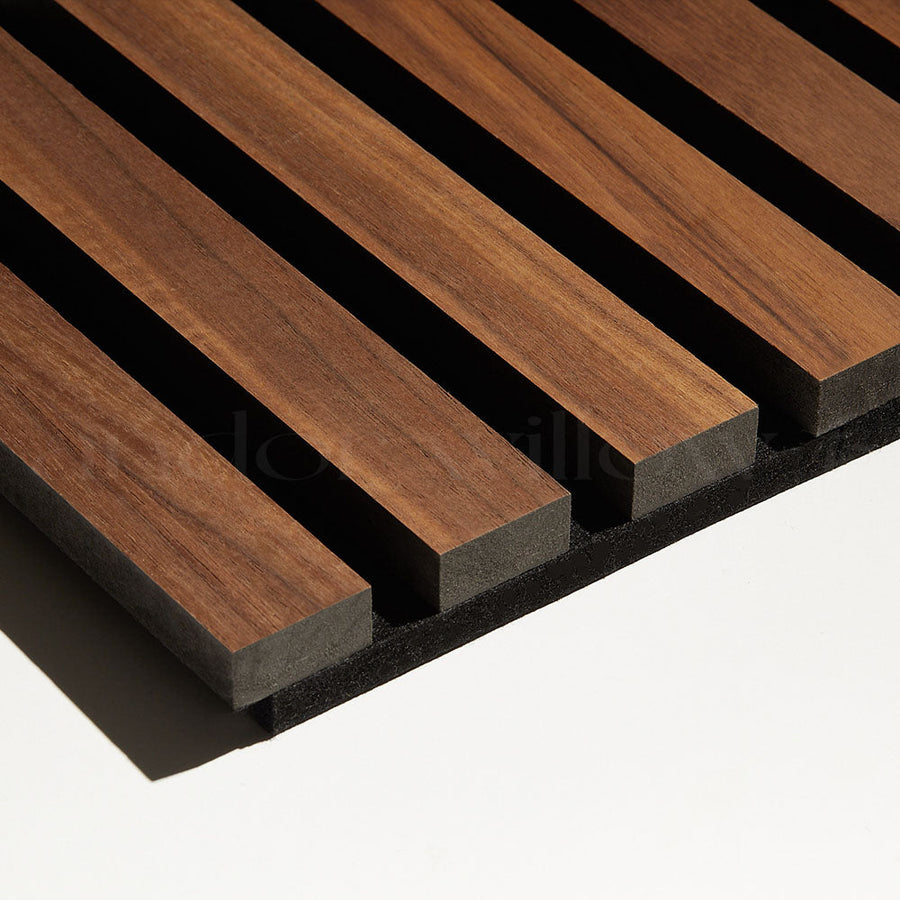
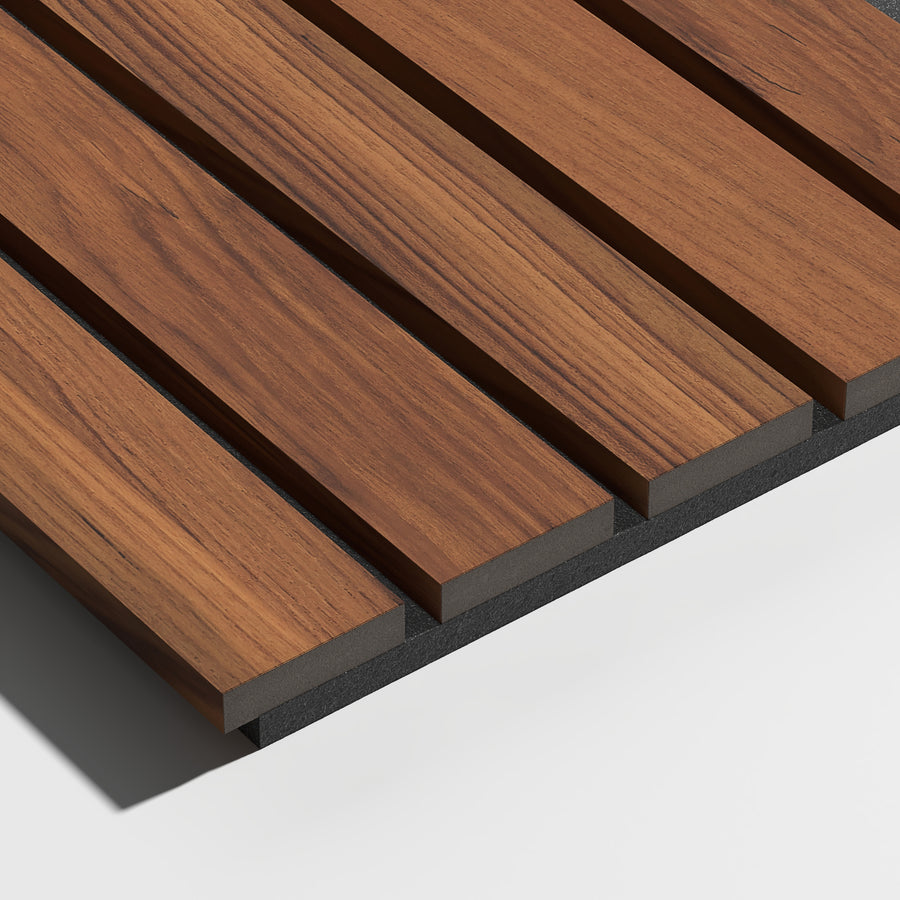


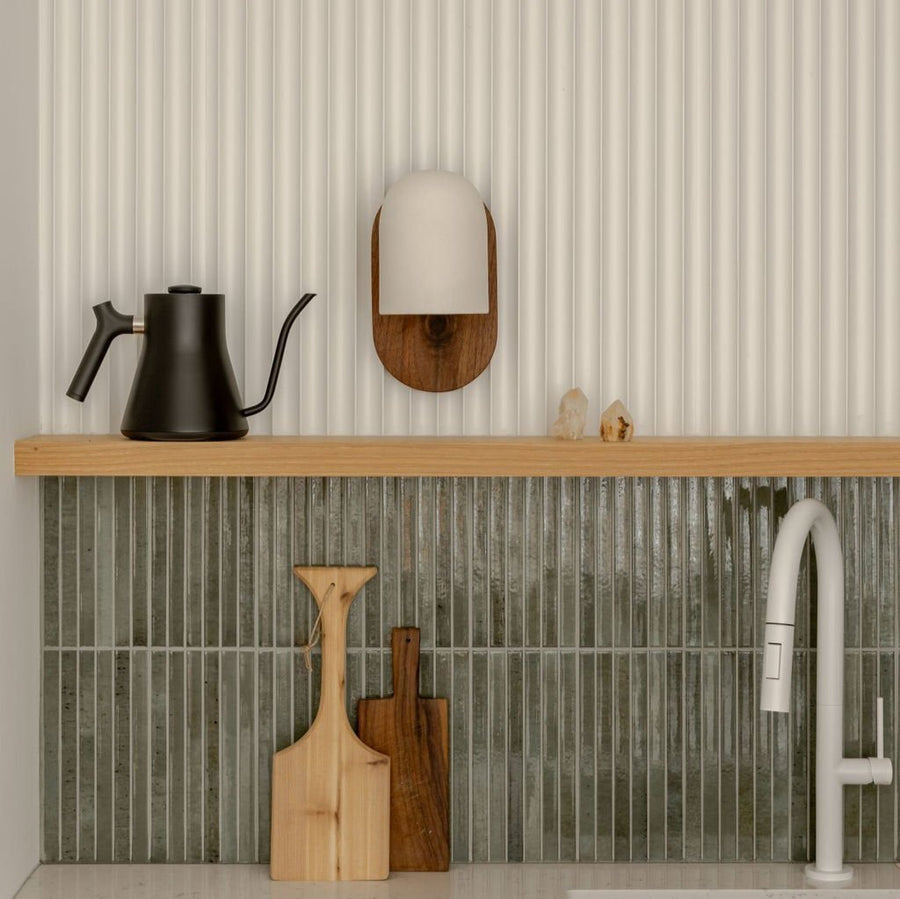
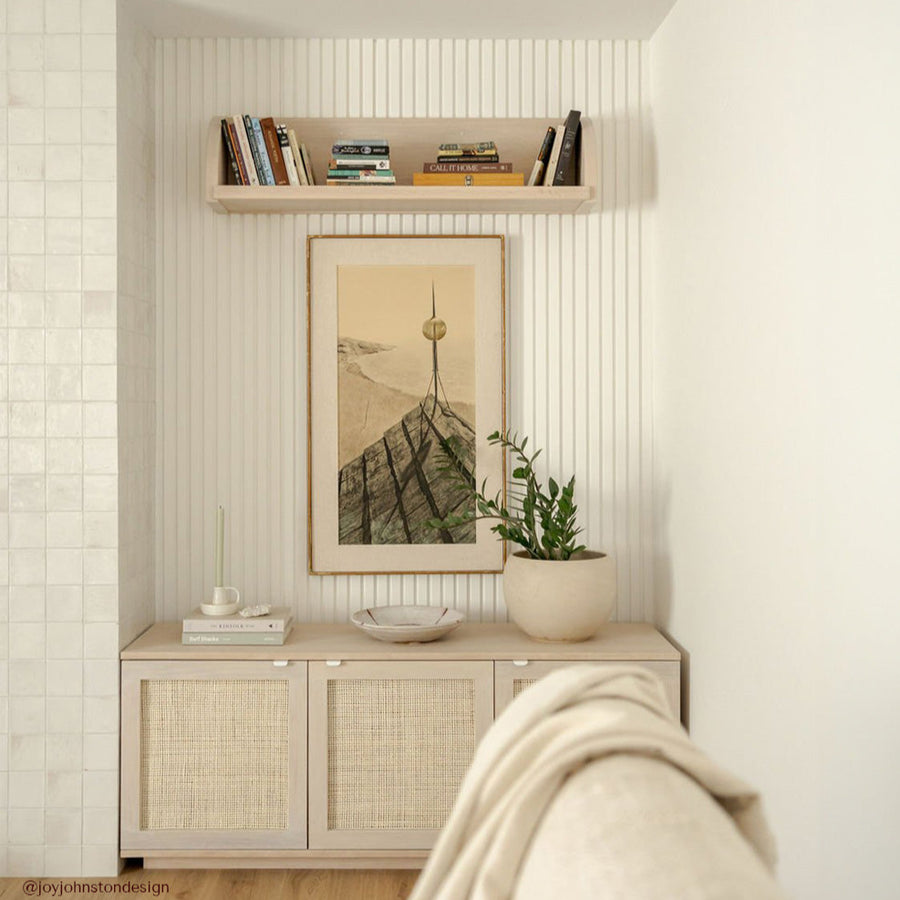

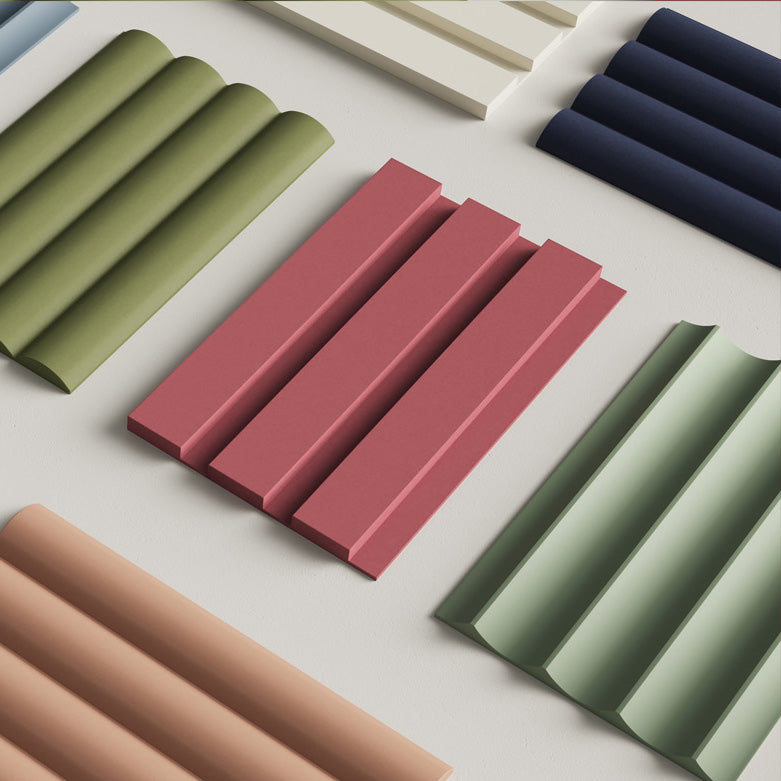











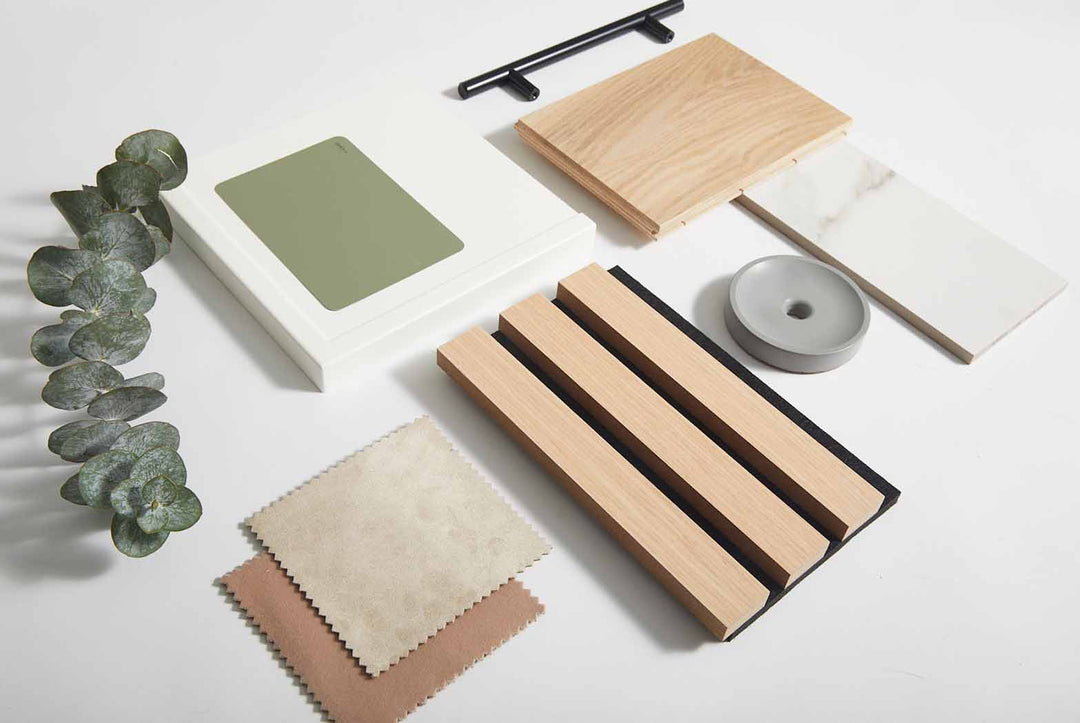
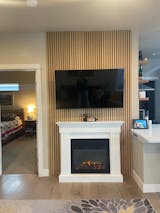
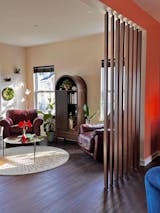
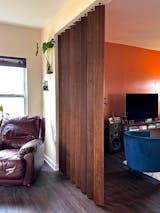
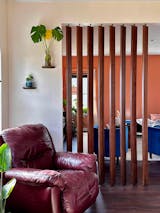

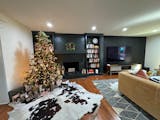
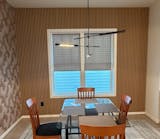
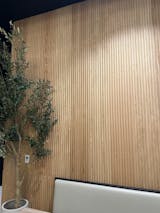
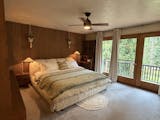


Materia muito esclarecedora
Cinco estrelas !!!
Leave a comment